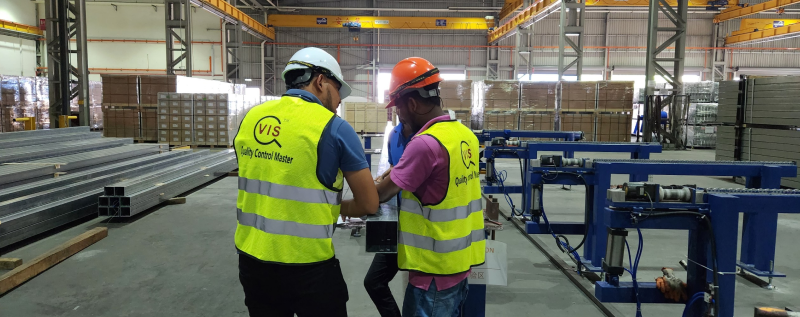Ensuring that a brand’s products meet both customer expectations and regulatory requirements is crucial. To achieve this, brands must focus on product quality and compliance. At first, it may seem confusing to differentiate between quality control and quality compliance, but in this article, we will explain the differences between the two and provide tips on how to effectively manage both quality and compliance.
What is Quality and Compliance?
Quality and compliance are two essential aspects of product manufacturing. Quality means how well a product satisfies customer needs and preferences, while compliance means following the rules and standards of the markets where it is sold.
Product Quality: How to Meet Customer’s Expectations
Product quality is important because it influences how customers perceive and buy your product. For example, imagine you are producing a crossbody canvas messenger bag. If the bag is sturdy, comfortable, and spacious, consumers will likely love and recommend it to others. However, if the bag is flimsy, uncomfortable, and small, users will probably hate it and leave bad reviews.
To build a reputation for high-quality products, you must focus on meeting customer needs and maintaining manufacturing standards. Here are some tips on how to do that:
- Choose reliable manufacturers: Find manufacturers that can produce your product according to your specifications. You can conduct factory audits to check their facilities, equipment, and processes.
- Create a quality control plan: Set clear quality standards for your product and decide how many defects you can tolerate. You can use AQL (Acceptable Quality Limit) levels to measure the quality level of each batch of products.
- Provide detailed product specifications: Give your manufacturers precise instructions on how to make your product. You should include information such as dimensions, materials, colors, features, etc.
- Conduct regular product inspections: Check your products at the factory before shipping them. You can hire a third-party inspection company or send a quality control professional from your team.
Product Compliance: How to Meet Regulatory Requirements
It is crucial to ensure that your product complies with the relevant regulations in the markets where you sell it. Meeting compliance standards is essential as it safeguards your brand from legal issues and reputational damage that can arise from selling non-compliant products. You may face penalties, such as fines, recalls, or lawsuits for selling non-compliant products. For instance, children’s sleepwear in the United States must meet strict flammability standards. If you fail to comply with these standards, you may have to recall your products or pay fines. Additionally, non-compliance can lead to a loss of customer trust and loyalty. Therefore, it is important to be aware of the regulations that apply to your product and follow them diligently. Here are some tips to help you comply with these regulations.
- Know your market: Identify your target customers, where they live, and where you want to sell your product.
- Research the regulations: Find out what rules and standards apply to your product in each market. You can use online resources or consult with experts.
- Communicate compliance requirements: Tell your manufacturers what regulations to follow when making your product. Make sure they understand and agree with them.
- Monitor and verify compliance: Test your products regularly to ensure they meet the regulatory requirements. You can use third-party testing labs or certified professionals.
- Some sellers may think that regulatory compliance is not important for online platforms. However, this is not true. No matter where you sell your product, you must comply with the consumer product regulations. Ignorance is not an excuse for non-compliance.
How to Balance Quality and Compliance

To ensure the success of your business in the long run, it is important to strike a balance between quality and compliance. You should aim to create processes and systems that enable you to manage and enhance the quality of your products while complying with the relevant regulations.
It is crucial to keep in mind the cost of maintaining quality and compliance. While quality control and compliance can increase production costs, they can also save you money in the long term. For instance, investing in quality control can minimize the risk of defective products and customer complaints. Likewise, complying with regulations can prevent legal issues and negative publicity.
Achieving the right balance between quality, compliance, and cost is paramount to ensuring your business’s growth and sustainability.
Conclusion: Quality Control and Quality Compliance
Focusing on quality and compliance enables you to provide your customers with top-notch products and adhere to industry standards. It is a responsible and honorable way to conduct your business, just like obeying the laws of your country. If you want to ensure both, contact our experts for a free consultation.



Related Posts